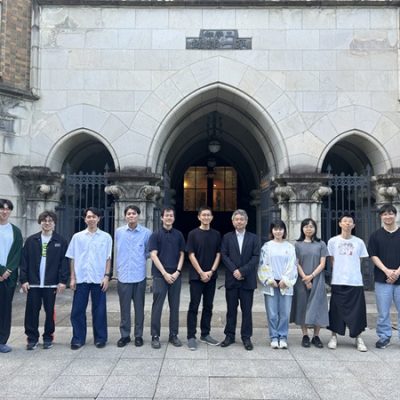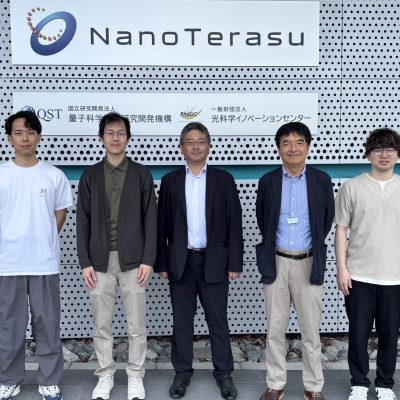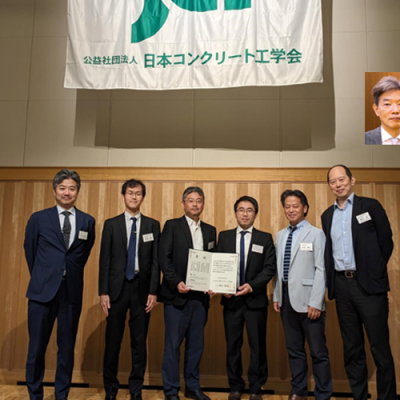
A. Aili, I. Maruyama, Y. Umeki, K. Yokokura, Impact of Aggregate?Cement Paste Reaction Forming Al-tobermorite on Ion Transport in Aged Concrete, Transp. Porous Media. (2023).
現代のコンクリート中にも長石や石英が水和物が反応してAl-トバモライトができることを以前に報告しました。
実はこのような反応は、超長期(1万年後も?)を想定している原子力の核廃棄物処分においても話題になっています。
そこで、もし、40~60度くらいの温度が継続してAl-トバモライトができたとき、セシウム(陽イオン)やクロライド(陰イオン)がどんな挙動をするかについて検討をしてみました。
想定どおりなんですが、この温度があがる状態で、かつ、C-A-S-HのCa/Si比が少なくなった状態では屈曲度が大きく変化して、移動が進みやすくなります。一方で、トバモライト自体は相関にCsをイオン交換の途中で固定化するような挙動も若干見られます。この研究を実験室でやろうとすると15年はかかるわけで、その点でも価値のある論文になります。
We have previously reported that feldspar and quartz react with cement hydrates to form Al-tobermorite in modern concrete in the Hamaoka Nuclear Power Plant Units 1 and 2.
In fact, such reactions are also a topic of discussion in nuclear waste disposal, where very long-term (even after 10,000 years?) consideration is needed.
Therefore, we have examined how cesium (cations) and chloride (anions) would behave if Al-tobermorite were formed at about 50 degrees Celsius.
As expected, the tortuosity of pores is dramatically affected by such temperature + Ca/Si reduction of C-A-S-H + formation of Al-tobermorite, and migration is more likely to proceed. On the other hand, Al-tobermorite also shows the adsorption of Cs in the interlayer space during the ion exchange process.
if you want to do this experiment in the lab, it takes more than 15 years.
This research is sideway research of the Hamaoka project, but the results were useful for other fields.














